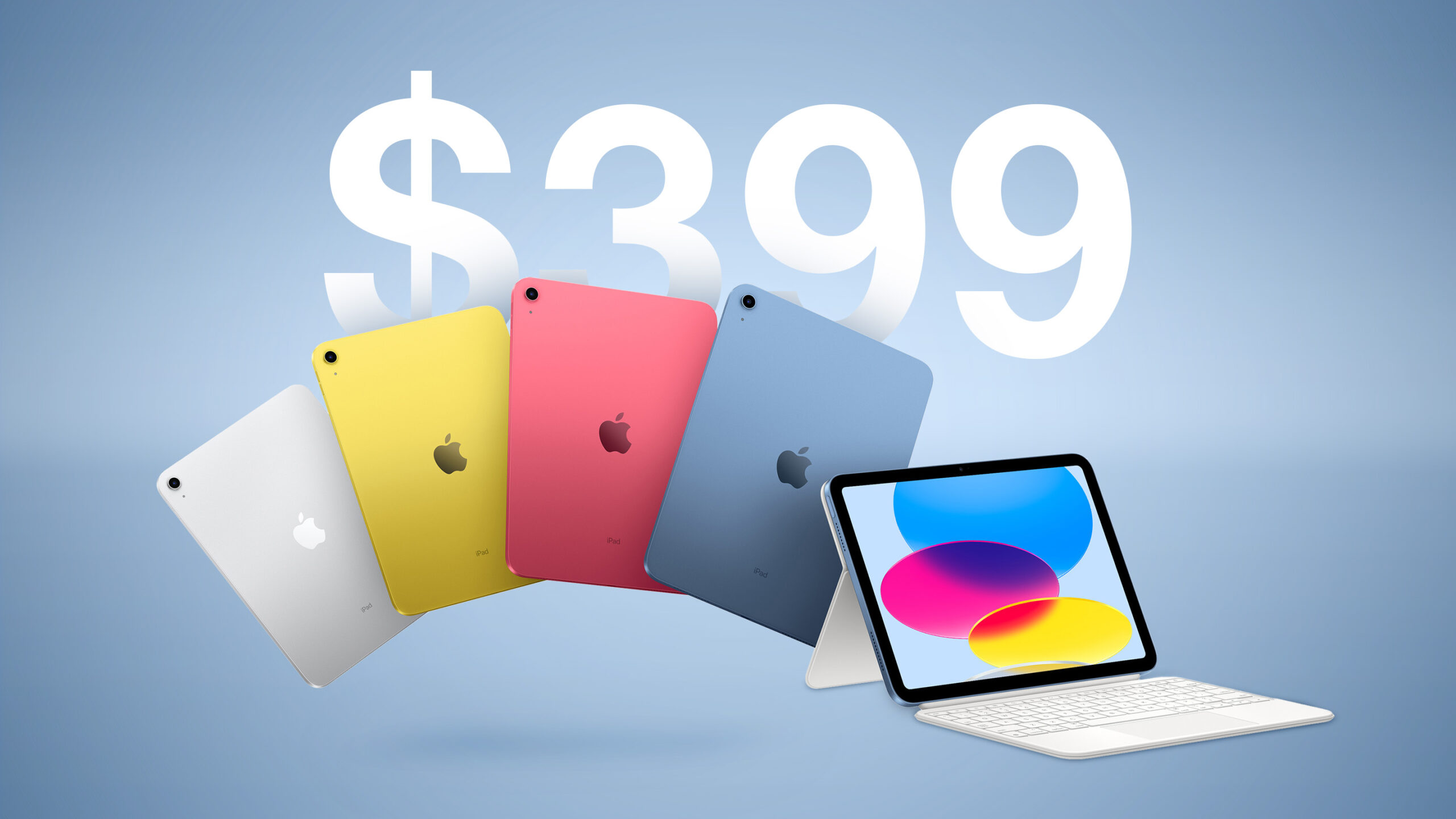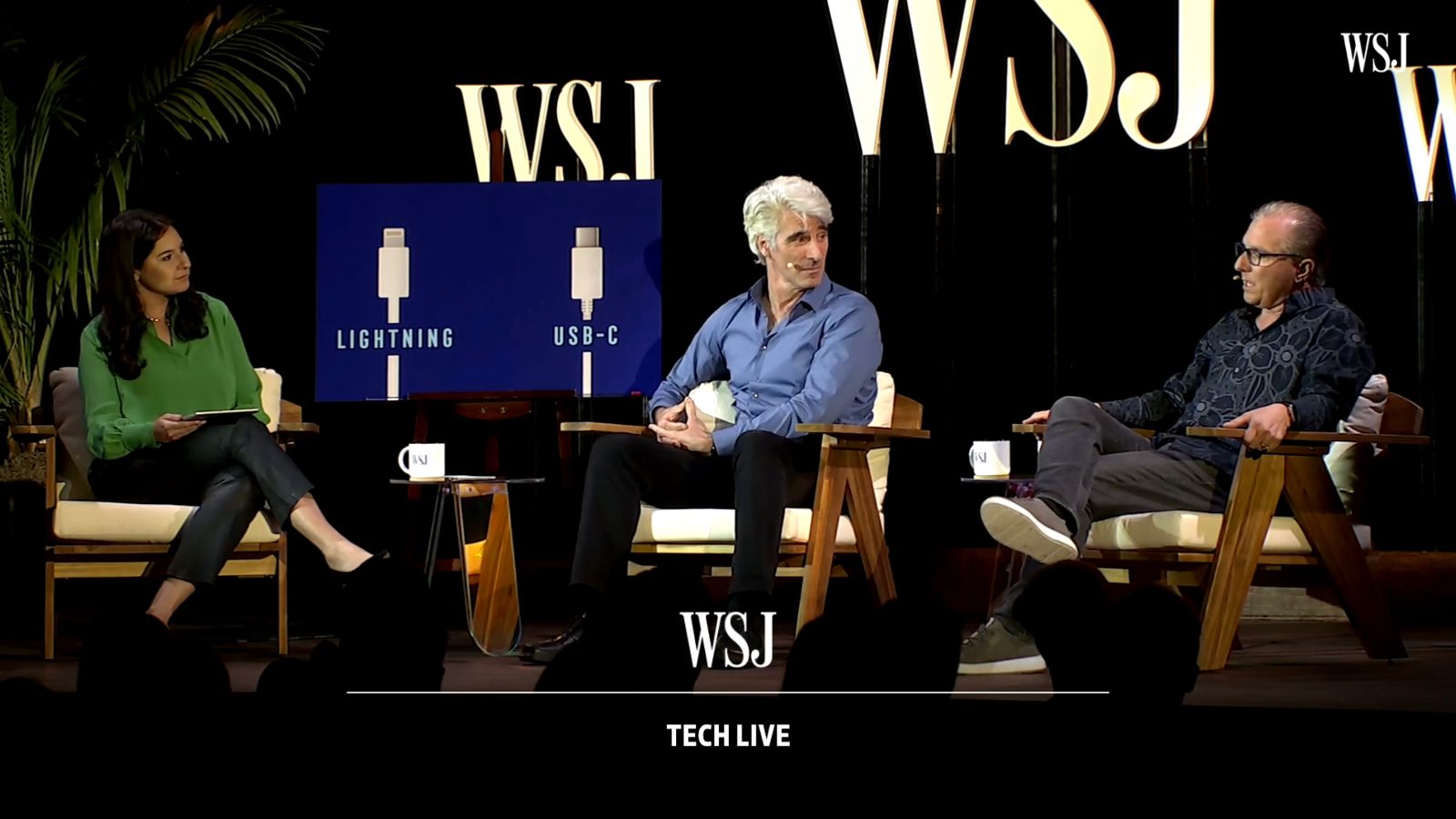It’s been three weeks since Apple introduced the new iPad Pro and iPad Air models, and after revisiting the iPad Pro last week, we thought we’d take a deeper look at the iPad Air now that it’s been out long enough for day-to-day usage testing.
The iPad Air is the best iPad for people who want a powerful tablet that’s also fairly affordable. The M2 chip is close to the same chip that Apple used in the prior-generation iPad Pro, and while it’s a little older now, it’s still more than powerful enough for anything you might want to do on a tablet.
It is worth noting that Apple recently admitted an error and clarified that the M2 chip in the iPad Air has a 9-core GPU instead of a 10-core GPU, but in comparing the M2 iPad Pro with 10-core GPU to the M2 iPad Air with 9-core GPU, there was basically no difference in performance for day-to-day tasks and even with more system intensive apps like those used for video editing.
As we said in our M4 iPad Pro review, there’s nothing that can really tax the M4 chip, and that’s also true of the M2. With iPadOS 18 and the AI capabilities that Apple is working on, chip performance might become much more important in the future, but as of now, the M2 iPad Air isn’t going to really struggle with anything you throw at it.
The iPad Air doesn’t have the OLED display technology of the iPad Pro, and it lacks features like ProMotion 120Hz refresh rates, but it otherwise offers a lot of the features you get with the iPad Pro at much more affordable prices. The iPad Pro starts at $999, while the iPad Air starts at $599.
Face ID is not available on the iPad Air, with Apple instead using a Touch ID power button. Touch ID isn’t as reliable as Face ID because it can fail depending on finger placement, but it works fine for the most part. The iPad Pro has a Thunderbolt port, but the iPad Air is limited to USB-C, so you can’t connect Thunderbolt devices.
You’re mostly missing out on OLED and the M4 chip with the iPad Pro, but you also won’t be able to use the redesigned Magic Keyboard that Apple made for the iPad Pro because it isn’t compatible with the iPad Air. Apple is selling the older Magic Keyboard alongside the iPad Air, and it lacks the aluminum frame and palm rest, function keys, and the larger glass trackpad. You can still use the Apple Pencil Pro and all of its features with the iPad Air, though.
One of the nice features about the iPad Air compared to prior-generation models is the relocated front-facing camera, which is now on the landscape edge instead of the portrait edge. That means the camera is in an upright orientation when it’s in landscape mode, such as when connected to a keyboard, so it no longer looks funny if you’re FaceTiming while holding the iPad horizontally.
The M2 iPad Air is essentially an M2 iPad Pro without the higher-quality display, and it’s a good middle tier option if you want solid performance for futureproofing but also don’t want to spend $1,000+ on a tablet. For a lot of people who just want a tablet for browsing the web, sending emails, and other simple day-to-day tasks, the iPad Air may even be overkill.
This article, “Review: Three Weeks With the M2 iPad Air” first appeared on MacRumors.com
Discuss this article in our forums









